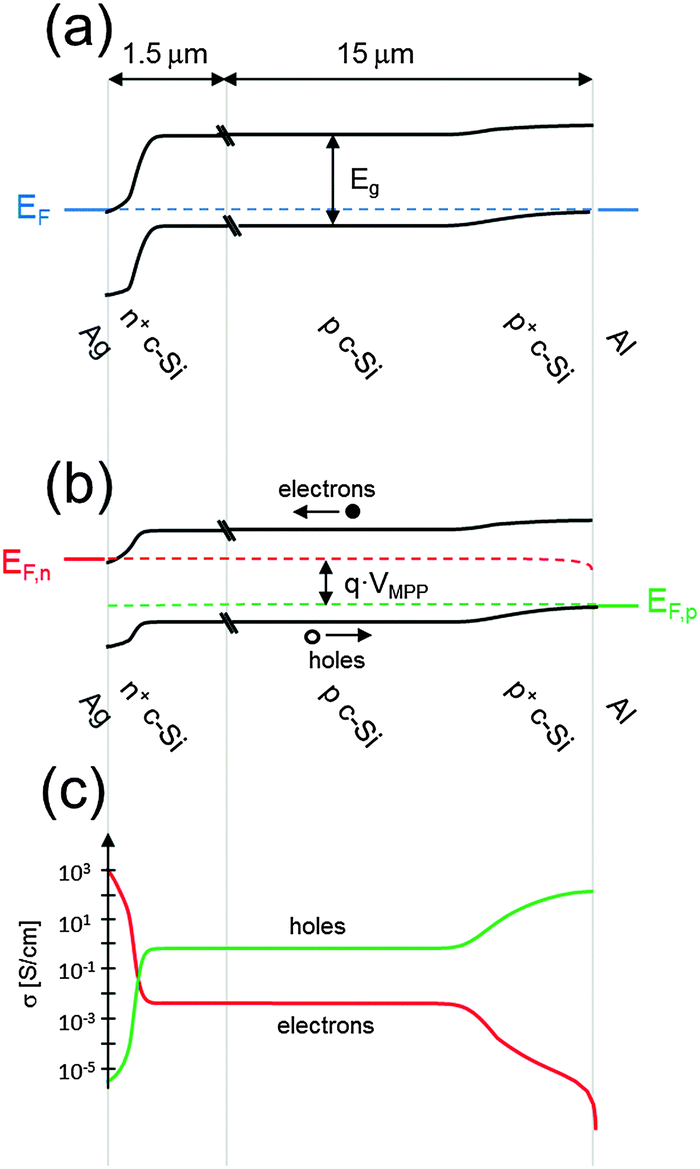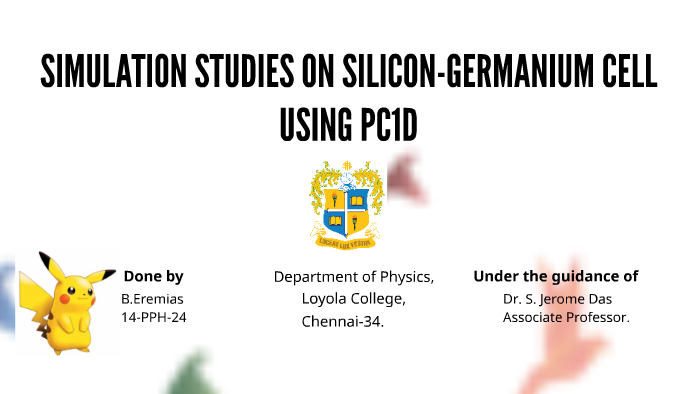


INVESTIGATION OF THICKNESS OF THE CDTE CELL Don Clugston at the University of New South Wales, Australia. Paul Basore and coworkers and was further developed by Dr. The program was initially written at Sandia National Labs by Dr. PC1D is a computer program written for IBM-compatible personal computers which solves the fully coupled nonlinear equations for the quasi-one-dimensional transport of electrons and holes in crystalline semiconductor devices, with emphasis on photovoltaic devices. CdTe is a direct bandgap material with an energy gap of 1.5 eV, and an absorption co-efficient around 104 cm-1 in the visible region, which means that a layer thickness of a few micrometers is sufficient to absorb 90% of the incident photons. The back contact on top of the CdTe layer.ĬdTe is an ideal absorber material for high-efficiency low cost thin film polycrystalline solar cells. The typical superstrate structure of a CdTe/CdS solar cell is composed of four layers as follows:Ī transparent and conducting oxide (TCO) which acts as a front contactĪ CdS film which is also called window layer Schematics of a typical superstrate CdS/CdTe solar cell structure The schematics of CdS/CdTe Solar cell is shown in Fig 1.įig 1. Efficiencies as high as 16.5% have been achieved, but still there is some potential for increasing them. The absorber layer thickness for thin film CdTe solar cells is normally between 2 and 10 m. Thin film CdTe solar cells are typically hetero-junctions with CdS being the n-type partner, or window layer. On the other hand, CdS has a bandgap energy of 2.42 eV, and transmits most of the visible spectrum. The two key properties of this material are its band gap (1.5 eV), close to the ideal for photovoltaic conversion efficiency (1.45 eV), and its high optical absorption coefficient. Polycrystalline thin film CdTe continues to be a leading material for the development of cost effective and reliable photovoltaics.
#Nanohub solar cell pc1d simulator
To obtain the highest efficiency, the thickness of CdTe and CdS has been modified separately to check the improvement of cell efficiency in PC1D simulator and efficiency beyond 20% has been achieved. A study has been made to improve the efficiency of CdTe/CdS solar cell. of Electronics and Communication Engineering NSHM Knowledge CampusĪbstract Cadmium telluride is a promising photovoltaic material for thin-film solar cells.

High Efficiency CdTe/CdS Thin Film Solar Cellĭept.


 0 kommentar(er)
0 kommentar(er)
